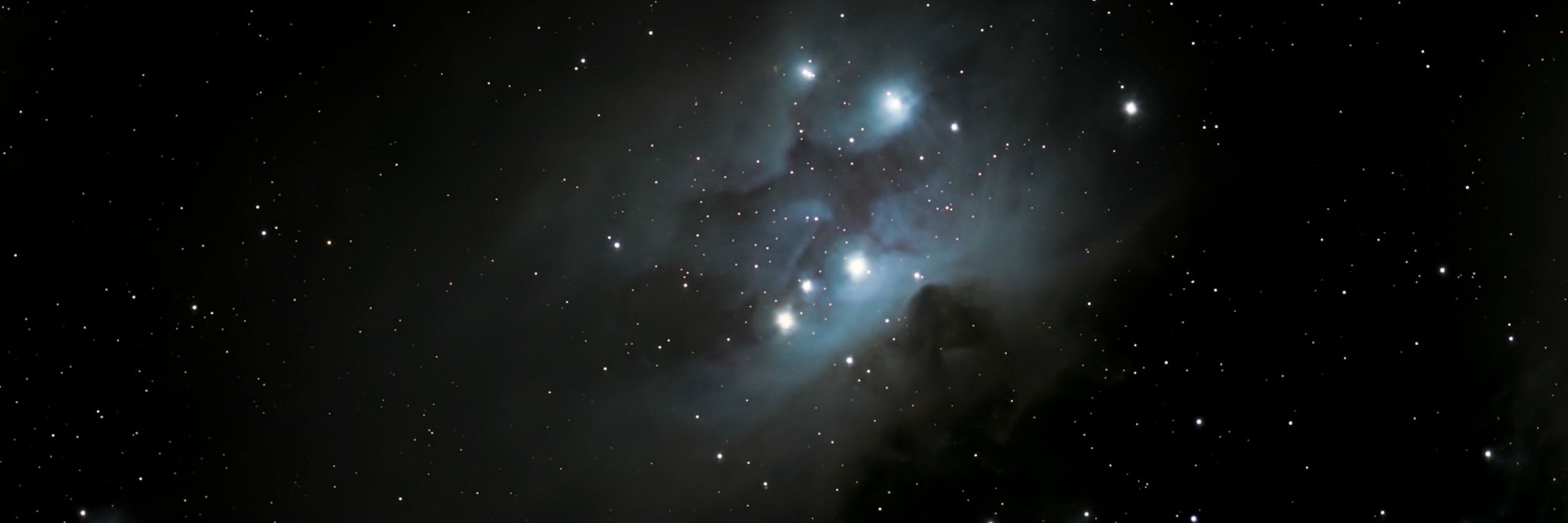Scott Kardel aka Palomar Skies
@palomarskies.bsky.social
3.6K followers
710 following
2.5K posts
Associate professor of astronomy at Palomar College, user of smart telescopes. 🔭 Blog: http://visiblesuns.blogspot.com/
Posts
Media
Videos
Starter Packs
Pinned
Reposted by Scott Kardel aka Palomar Skies
Reposted by Scott Kardel aka Palomar Skies
Reposted by Scott Kardel aka Palomar Skies













